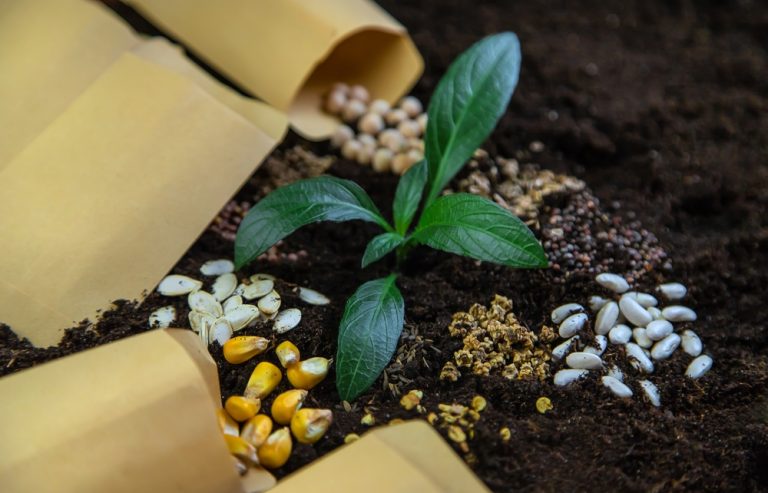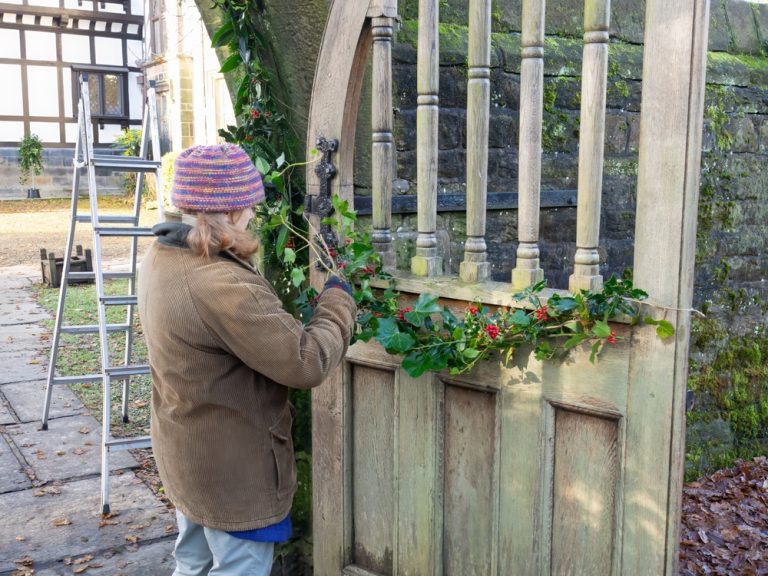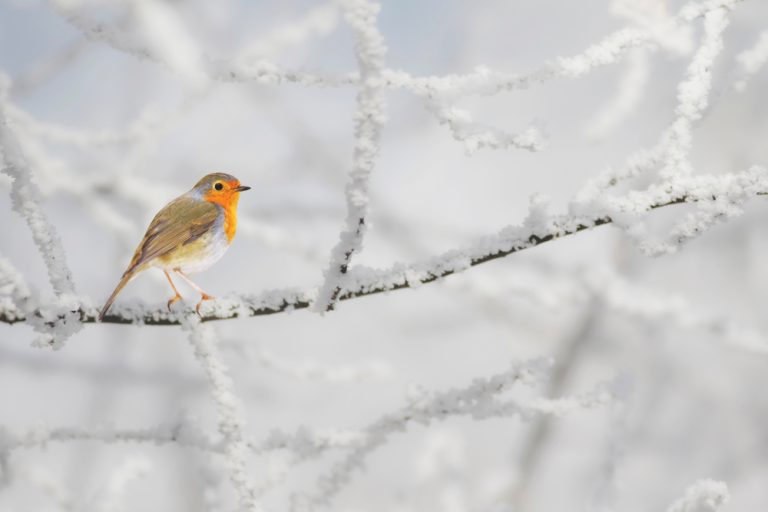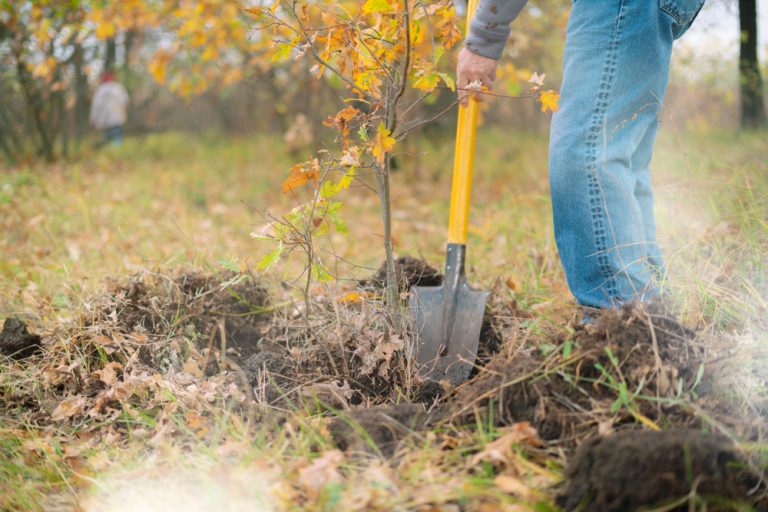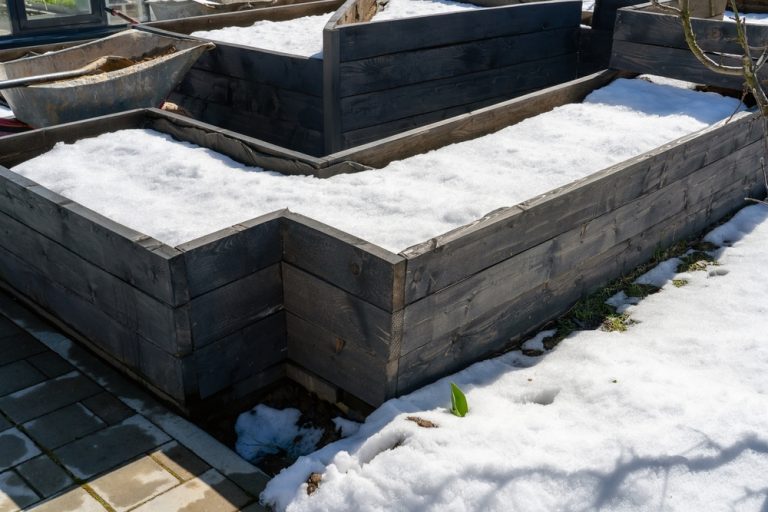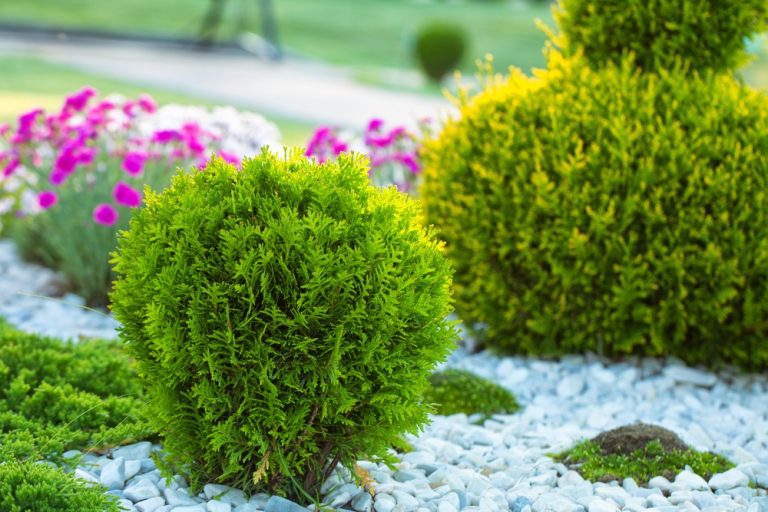The holidays might be known for festive lights and overflowing dessert tables, but they’re also one of the sneakiest, most strategic times of year for gardeners to score big. While everyone else is distracted by glittery gift guides and last-minute shopping frenzies, savvy growers are quietly filling their carts with seeds, tools, soil, and gear….
gardening tips
How Late-Season Seeds Can Give You a Head Start for Spring
Gardeners love a good shortcut—especially when it means stepping into spring with a garden that looks like it’s been secretly working out all winter long. While most people pack away their tools once the weather cools, the clever few know that late-season seeds can quietly set the stage for next year’s lush, brag-worthy bounty. Instead…
Will Your Garden Survive the Freeze Without These Protective Measures?
A sudden cold snap can turn even the most confident gardener into a frantic weather-app refresher. One moment your plants are thriving, and the next you’re wondering if they’ll wake up tomorrow looking like botanical popsicles. Winter has a way of sneaking in with icy surprises, testing both your patience and your preparation. With the…
Are Holiday Decorations Actually Harming Your Garden?
The holiday season has a magical way of turning even the most ordinary garden into a sparkling, glowing wonderland. Lights drape across branches like shimmering jewelry, inflatable characters wave at neighbors, and ornaments suddenly find new homes on shrubs that didn’t ask for the responsibility. It’s festive, it’s fun, and it transforms the mood of…
10 Creative Wreath Ideas Using Garden Materials
The moment you step outside and see your garden bursting with textures, colors, and unexpected little treasures, you realize you’re sitting on a goldmine of natural décor waiting to be transformed. Wreath-making turns into a joyful adventure when the materials come straight from your own soil—wild vines, glossy leaves, quirky seed pods, and blossoms that…
Is Your Garden Wildlife-Friendly in December?
December might be the month of cozy blankets, festive lights, and hot drinks, but for wildlife, it’s a season of survival. As temperatures drop and natural food sources shrink, the creatures that flutter, scamper, and rustle through your garden are working overtime to stay warm and fed. Many homeowners assume gardening is a spring or…
How to Build a Garden Routine That Works While It’s Too Cold to Dig
Winter is here, and your garden looks more like a frozen tundra than a thriving paradise. You might feel stuck, thinking there’s nothing to do until the soil thaws and the sun returns. But the truth is, this is the perfect time to prepare, plan, and dream about the season ahead. A garden routine doesn’t…
The Truth About Growing Food in Containers During Winter
Winter gardening often gets a bad rap. Cold, snow, and freezing winds make most people think that growing anything in containers is impossible. But with a bit of creativity, clever planning, and the right tools, winter container gardening can be surprisingly productive—and even fun. From leafy greens thriving under a balcony cover to herbs basking…
Why You Should Be Planting Bulbs in December, Not Spring
When most people are sipping hot cocoa, hunting for holiday deals, or wondering where they stored last year’s string lights, the last thing on their minds is planting bulbs. Yet December—the month everyone assumes is too cold, too late, too hopeless for gardening—might actually be the secret weapon of thriving spring blooms. While your neighbors…
How to Choose Plants That Thrive When Everything Else Goes Dormant
Winter rolls in, and suddenly the garden looks like it took a vacation without leaving a forwarding address. Dead leaves, brown stems, and empty soil patches can make even the most seasoned gardener feel a little defeated. But don’t despair—some plants not only survive but actually shine when everything else goes dormant. Choosing the right…

